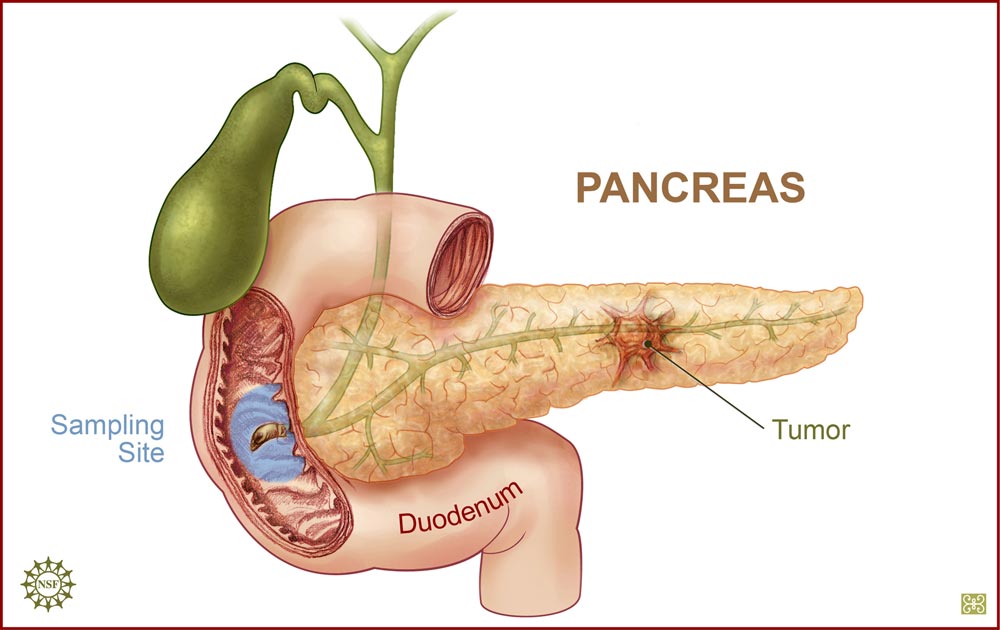
Psoriatic arthritis is a combination illness expressing symptoms of both psoriasis and arthritis. Psoriasis is a skin condition that manifests with red, patchy skin and swelling. Arthritis is characterized by an inflammation of the joints and pain in the joints. when the two conditions are combined, about 2% of the Caucasian population is affected.
Most Common Areas Affected
The areas most commonly affected by psoriatic arthritis symptoms include the knees, elbows, scalp, belly button, genitals and anus. while only 2% of the total population may be affected, nearly 10% of the people diagnosed with psoriasis are affected by inflammation that could be deemed arthritic. If a patient present with psoriasis and arthritis, the condition is automatically termed psoriatic arthritis. About one million people currently have the condition and the numbers are equal among men and women. this is not a gender discerning condition.
First Symptoms
The first symptoms may appear to be common signs of aging. these may include pain appearing in the hands, feet and elbows. the joints may appear purple in color. As the condition most often hits the aged population, there is often a large gap between the presentation of these symptoms and the official diagnosis which can lead to additional joint problems that cannot be reversed.
Who is most Often Affected?
While the condition most often presents in 40 and 50 year olds, younger cases have been noted. the skin symptoms and arthritic symptom rarely present at the same time in patients. most often, skin will show the signs of psoriasis and a doctor will diagnose that condition. Later, when arthritis appears, the combination diagnosis is given. the time span between the initial diagnosis of arthritis or psoriasis and the presentation of the contributing symptoms can be 20 years or more. the longer the time frame between initial diagnosis the presentation of a second set of symptoms – the harder psoriatic arthritis is to diagnose.
Other Body Systems Affected
The skin and joints are not the only body systems affected by the condition. As a rheumatic disease, inflammation can affect internal organs as well. the eyes, heart, lungs and kidneys are most often affected. when rheumatic symptoms present, doctors may confuse the psoriatic arthritis for other conditions like Crohn's disease, ulcerative colitis or reactive arthritis. the difficulty with final diagnosis is compounded if the spine shows signs of inflammation as there are several arthritic conditions that can cause spine swelling.
Can Permanent damage Occur?
The inflammation and swelling associated with the condition can lead to permanent damage of the joints. in some cases, the connective and protective tissues between the finger and knee joints can deteriorate to the point that bone is rubbing on bone. If the condition is not treated surgically, the joints will begin changing shape direction. the pain can be unbearable when psoriatic arthritis reaches this level of severity.
How to get Help
If a patient is diagnosed with psoriasis, there is a good chance arthritis will come about with age. these patients need to watch out for swelling and pain in the joints and report any changes to their skin and family physicians.
Having arthritis first makes diagnosis a bit easier. Psoriasis present with very noticeable symptoms and if skin changes occur, the patient will also have to speak with their family physician about the chance of having psoriatic arthritis. however, a skin doctor or dermatologist will need to be seen as well.
A great all Natural Anti-Inflammatory supplemnt to add to your diet to combat the pain of Psoriasis is Nopalea.